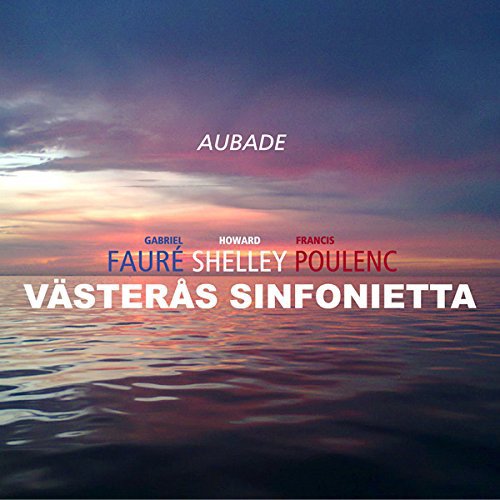Crisis of faith suffuses Finnish singer-songwriter’s debut solo album with an extraordinary intensity
Five new albums released over the year have dominated 2016: Marissa Nadler’s Strangers (May), Mikko Joensuu’s Amen 1 (June), Jessica Sligter’s A Sense of Growth (July), Arc Iris’s Moon Saloon (August) and Wolf People’s Ruins (November). Next year, it’s likely Foxygen’s Hang (out in January) will be amongst those doing the same.
But Amen 1 is the one casting the darkest, longest and most inescapable shadow. One defined by an overarching sense that this is an unfiltered expression of emotion. What’s heard is what was felt. Marrying this to a classic melodic sensibility in the Jimmy Webb neighbourhood ensures the songs are accessible. Underpinning them with sparse string arrangements and a nod to Fred Neil’s approach to country brings further impact. Amen 1 showcases a voice questioning whether it is possible to be re-accepted by God after faith had been surrendered. This is no text-book testifying but commentary on a very real crisis of belief. An intense missive from the soul, Amen 1 is not about individual tracks but the album overall: it is a suite. It is also integral to Amen 2 and Amen 3, the albums which will follow.
In a previous guise, Finland’s Mikko Joensuu had form. His band Joensuu 1685 issued one, eponymous album in 2008. It was undercooked and underproduced, but they were astonishingly powerful live and took Neu! and Spiritualised to places they had never been. A 2010 single (a version of Springsteen’s “I’m on Fire”) caught the power. Then, in 2011, there was the astounding 16-minute single “Lost Highway”, recorded before the band split. His bandmates and (apparent) brothers Markus and Risto formed Sinaii but, beyond playing with singer-songwriter Manna, Mikko disappeared. Amen 1 is his return.
Two More Essential Albums from 2016
Arc Iris – Moon Saloon
Wolf People – Ruins
Gig of the Year
Träd, Gräs och Stenar, Café Oto, London, 10 September 2016
Track of the Year
Marissa Nadler – “Janie in Love”
Overleaf: watch the video for “Janie in Love” by Marissa Nadler

 Aubade – Music by Fauré and Poulenc Västerås Sinfonietta/Howard Shelley (piano and conductor) (dB Productions)
Aubade – Music by Fauré and Poulenc Västerås Sinfonietta/Howard Shelley (piano and conductor) (dB Productions)